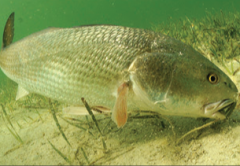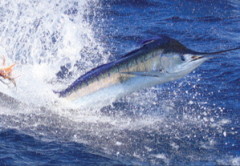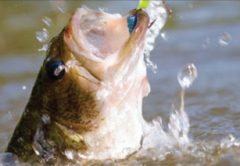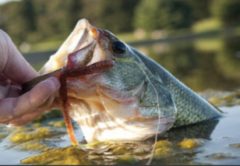September is the start of snook season. Snook fishing in the ocean is some of the best, especially when the fall mullet migration happens. Try fishing the surf and along the jetties. Usually, I fish along the shorelines and the jetties when I see the mullet exploding in those areas. You can also have tarpon, jacks, blue fish, Spanish mackerel, and sharks in the mullet schools so it can be a lot of action. Use finger mullet as bait caught with a cast net or purchased at a bait shop. The all-around line I use is 15-20# braid tied to a 30-40# fluorocarbon leader with a 3-0 J hook. Of course, if the tarpon are big and the sharks are around I will use wire on the sharks and heavier rods for the tarpon with 20-30# braid and 60# fluorocarbon downsizing my hooks to 6-0 circle hook. Underneath the finger mullet you can put a half ounce slip sinker or split shot to have a better chance at catching a flounder or redfish because the redfish will also show up in the surf. Triple tail fishing will pick up with the change in the weather especially after it blows from the east for a while.
Fishing for redfish, trout, black drum, and snook heat up in September because of the finger mullet run and change of weather. Usually, we start having more rain and wind, plus the water level should start to rise. When the water is high, I like to fish the Indian River and the Mosquito Lagoon better than when the water is low. You have more places to fish, and you can fish in any kind of conditions. If you like to use artificial, try a light jig head with a paddle tail or a weedless spoon or jerk bait. I use 8-10# mono with tied to a 25# fluorocarbon leader when using artificial. If we have a lot of rain and run off, fish near drainage ditches or where culvert pipes are draining. Fish points of land and drainage pipes where the wind is blowing onto it.
Troy’s tip of the month: Use side scan sonar to look for snook and tarpon in the ocean – this should improve your fishing.













